We’re all familiar with the mixture of guilt and reluctance when it comes to donating to charity. We never feel like we contribute often enough or by giving enough. As individuals, we can quickly develop mental barriers and rationales that prevent us from chipping in at “just two pounds a month” to save ourselves from these feelings. During the development process of a charity campaign, we as advertisers are quite aware of these barriers. Psychology can help shed light on how to break down these barriers, or, better yet, ensure that they never arise in the first place. Here’s our top five potent things to consider when steering your charity campaign:
1. Framing your appeal: feeling bad vs making a difference
One of the first ports of call when working with a charity is considering how best you can appeal to the public. The most popular approaches for this usually contain one of two elements: an appeal to an individual’s altruism (donating after feeling emotional about the subject), or an appeal to an individual’s egotism (you can make a difference as an individual).
Our advice? Don’t mix them.
Feiler, Tost & Grant (2012) found that when university students were exposed to charity campaigns for the Make-A-Wish Foundation, they were less likely to donate when the campaign included both altruistic and egotistic messages. The campaigns were more effective when they committed to one form of appeal.
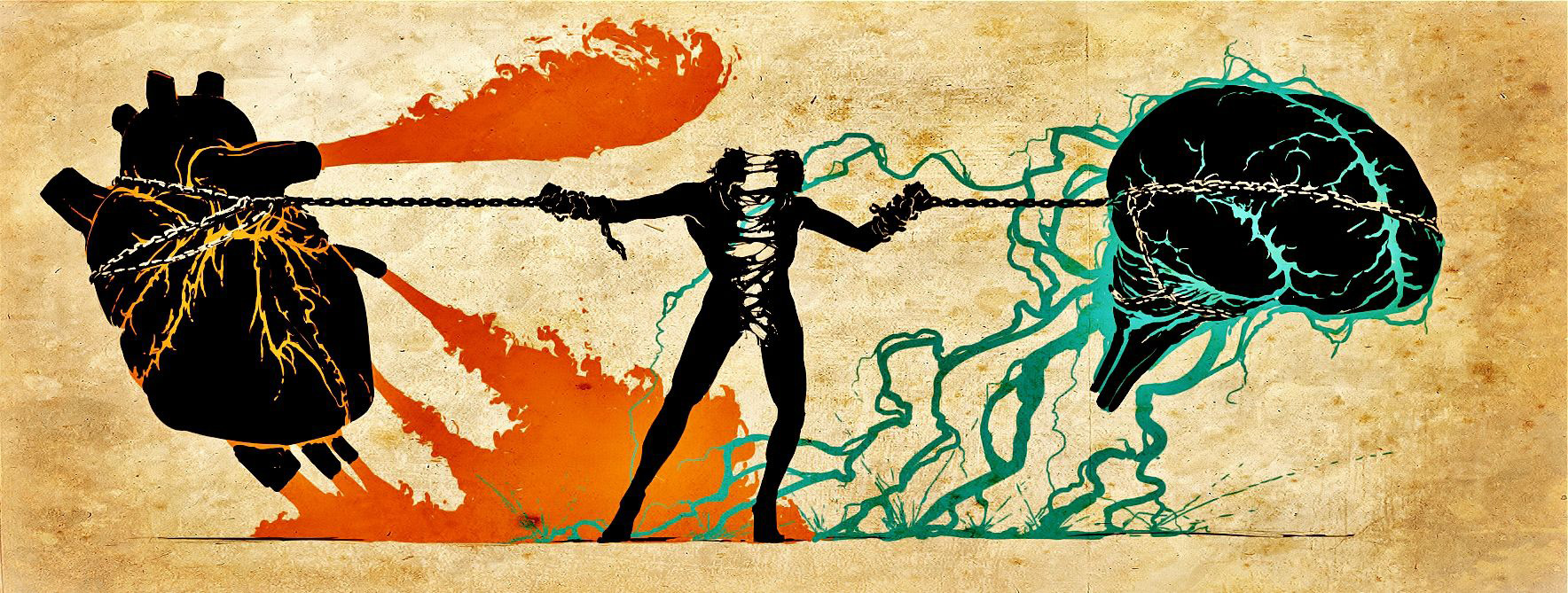
2. The perceived actions of others: “Everyone else is doing it!”
It’s also very important to understand and take advantage of the social context of your campaign, as research has shown the significant impact that the social influence of others can have on donation.
Cialdini et al. (2008) found that when hotel customers were prompted to reuse their towels, it was much more effective to appeal to a social norm “The majority of our guests reuse their towels”, rather than an appeal to save the environment. The average consumer will usually be more willing to listen to perceived societal rules over a plea to save something.
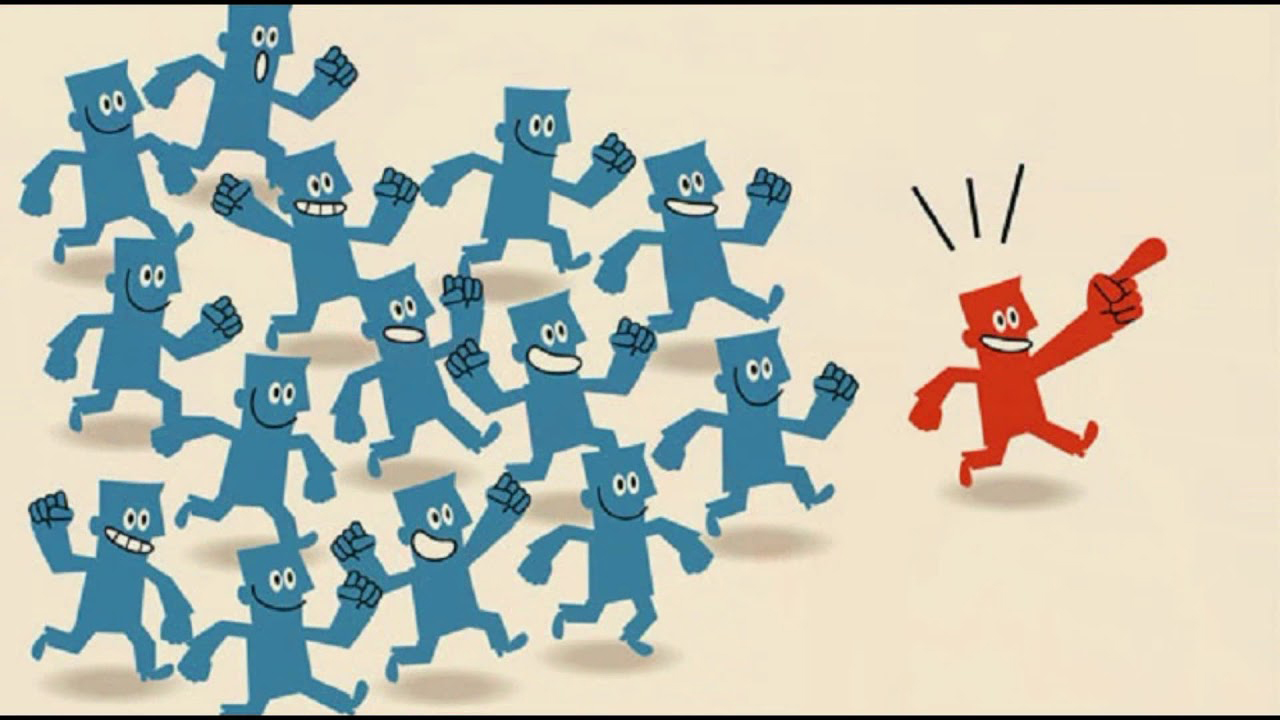
3. Public Recognition: means of sharing donation
The natural progression of wanting to adhere to social norms is the desire to make it known to the world that we’re doing exactly that! Public recognition for your donation is a simple yet powerful tool to up your conversion rate.
Cotterhill, John & Richardson (2013) surveyed over 11,000 households in the UK and found that rate of donation increases significantly when public recognition is offered as an incentive. Something as simple as being able to share your donation on social media can make a big difference.

4. Anchoring
One of the biggest barriers to donation is pricing. When setting price points for a charity campaign, there are a couple of things to bear in mind to ensure conversion and more generous offerings.
Firstly, the simple concept of anchoring in pricing. Individuals rely too much on whatever information is consumed first; we ‘anchor’ ourselves to this information as a point of reference for future decision making (Kahneman & Tversky, 1974). One way of making use of this in printed and digital materials is to ensure that the highest price points are positioned left, with the lowest on the right. We then anchor to the higher price point, with each lower price point feeling further and further away from the ‘accepted norm’.
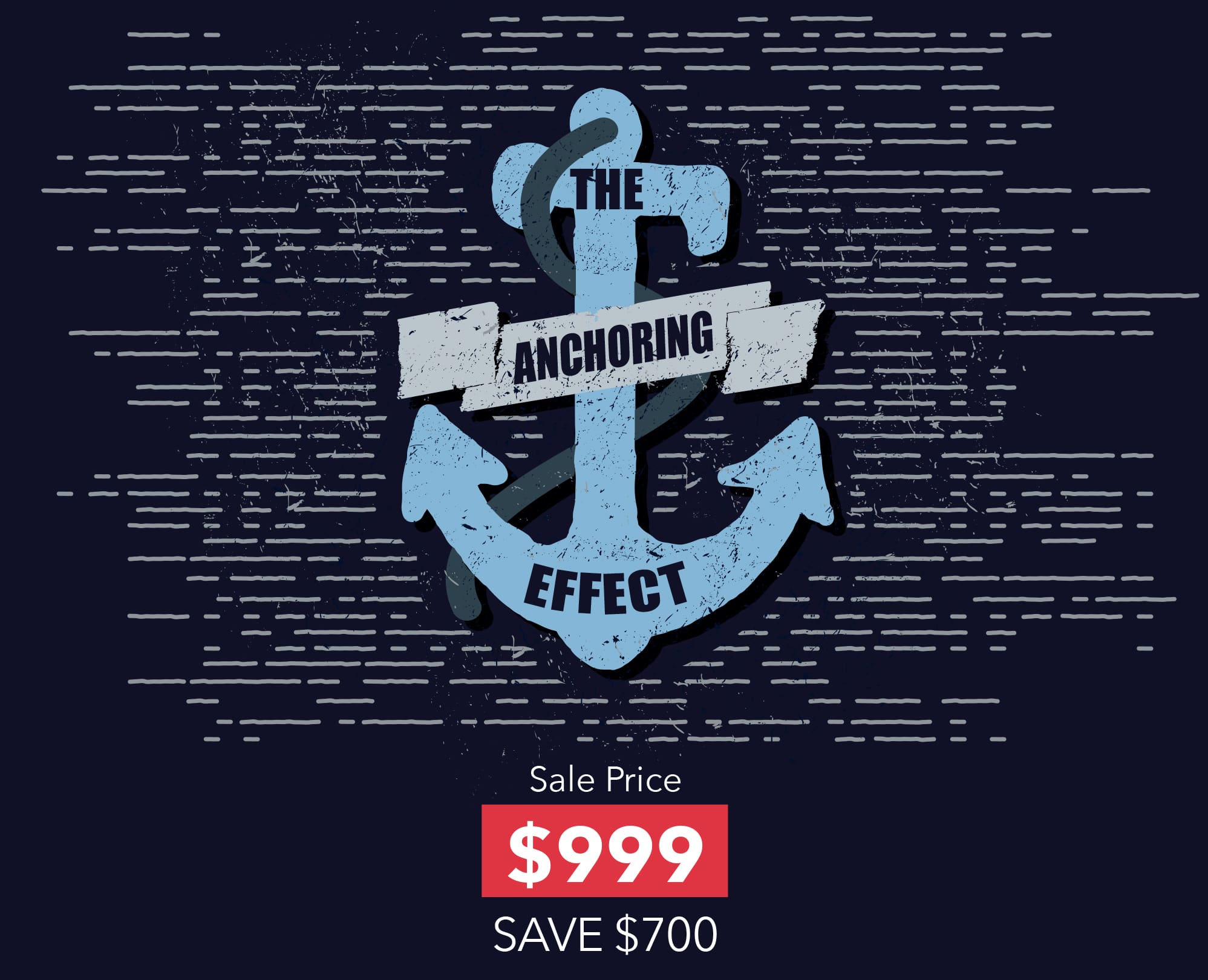
5. Price Positioning
Secondly, if you’re using fixed donation points (e.g. £3, £7, £12), make the public aware of the average donation to the charity. Based on the average donation amount, making the middle price point slightly higher than the average can be an easy way to ensure higher donations (Kahneman & Tversky, 1974). Individuals will be inclined to use the average donation as a touchstone for their own, with the fixed price ensuring they donate at a point higher than this.
Keeping these small yet potent effects in mind when pulling a charity campaign together can prove invaluable, creating significant behavioural shifts and in turn raising the results. This won’t just evoke a change in donation habits, it will positively impact perceptions of the brand itself.
Have we got you interested? Contact Alexander.Thompson@ardmore.co.uk. Suggested donation: one e-mail.
References
Feiler, D. C., Tost, L. P., & Grant, A. M. (2012). Mixed reasons, missed givings: The costs of blending egoistic and altruistic reasons in donation requests. Journal of Experimental Social Psychology, 48(6), 1322-1328.
Goldstein, N. J., Cialdini, R. B., & Griskevicius, V. (2008). A room with a viewpoint: Using social norms to motivate environmental conservation in hotels. Journal of consumer Research, 35(3), 472-482.
Cotterill, S., John, P., & Richardson, L. (2013). The impact of a pledge request and the promise of publicity: a randomized controlled trial of charitable donations. Social Science Quarterly, 94(1), 200-216.
Tversky, A., & Kahneman, D. (1974). Judgment under uncertainty: Heuristics and biases. science, 185(4157), 1124-1131.


